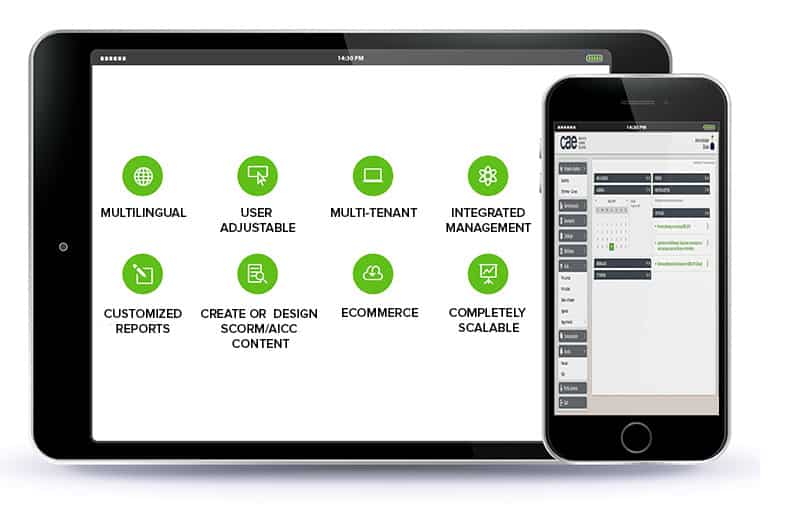The human brain is endlessly fascinating. It’s also endlessly mysterious, and even in today’s information-focused society there are still a huge number of unanswered questions about how it works.
Universities and research organisations across the world undertake hugely varied programmes of research into neuroscience. This research is vitally important to many industries, including the education and training sectors.
# Why is neuroscience research so important for the education and training sectors?
Modern neuroscience findings tend to have a big impact on how education, technology and training specialists work to put together educational solutions. After all, the more we can learn about how the human mind works, the better we can create interactive content that really ‘speaks’ to the brain and increases the likelihood that it will be successful.
Education, technology and training specialists all have one priority: to increase the effectiveness of their educational solutions. Whether they are providing eLearning courses, traditional classroom learning, or a mix of the two with a blended learning programme; passionate members of the education and training sectors need to keep a finger on the pulse of the latest neuroscience research.
By doing this, educational solutions providers are able to work to translate these neuroscience findings into practical solutions that really benefit the learning experiences of students across the globe.
# What type of neuroscience research should educational solutions providers be paying attention to?
Over the past decade, a new field of neuroscience has emerged that is particularly relevant to education, technology and training specialists. Educational neuroscience is a scientific field that has brought together specialists from cognitive neuroscience, educational psychology and developmental cognitive neuroscience.
Educational neuroscience is sometimes also referred to as neuroeducation or mind, brain and education. The various types of researchers that come together under this umbrella heading endeavour to examine the interaction between biological processes in the brain, how we learn, and how educational solutions providers can best work in partnership with these processes.
This new scientific field is providing a rich source of new research and information for education, technology and training specialists to take note of.
# How are educational platforms using these findings to improve their educational solutions and interactive content?
When technology and training specialists are developing or updating educational platforms and interactive content, it’s important for them to ensure that these tools are being developed in a way that is conducive to effective learning.
There is scientific research from the Centre for Educational Neuroscience to support the claim that information that is presented using two sensory modalities at once is more likely to be successfully transferred to the learner than information presented with only one sensory modality.
Other research projects have shown the high value of technology as exemplary learning tools, which suggests that educational platforms and eLearning courses are particularly well placed to offer effective learning experiences.
The best educational platforms including learning management systems (LMS) and learning content management systems (LCMS) take these kinds of research discoveries into account during the software development process.

# How do neuroscience findings play into CAE methodology?
CAE methodology is built with educational neuroscience findings in mind. It’s important to offer learners a wide range of eLearning tools and types of interactive content in order to maximise their chances of completing their courses successfully.
CAE learning management system (LMS) and learning content management system (LCMS) educational platforms, including Voluxion Pro, are built to offer the very best eLearning experiences.
These LMS and LCMS educational platforms offer a rich virtual community to a wide range of students, including those who are accessing interactive content through eLearning courses and through blended learning programmes.
Learners can benefit into educational neuroscience inspired interactive content such as virtual classrooms, conversational groups, voice recognition, digital revision exercises, instant assessments, digital blackboards and interactive language packs.
# How can you find out if Voluxion Pro LMS or LCMS and CAE methodology is right for your organisation?
If you’re unsure about what kind of educational platforms are right for your organisation, please get in touch. We can offer you a free consultation to help you explore whether our Voluxion Pro learning management systems (LMS) or learning content management systems (LMCS) are the right educational platforms for you.
Alternatively, visit our Voluxion Pro mini site to find out more about both our learning management system (LMS) and our learning content management system (LMCS) educational platforms and the wide range of features and types of interactive content they offer.
You may also like:
- Three Major Benefits of Partnering with a Provider of e-Learning Solutions
- How to Recognise the Best Online Educational Platforms for Teaching Languages
- Advantages of eLearning for language teachers
